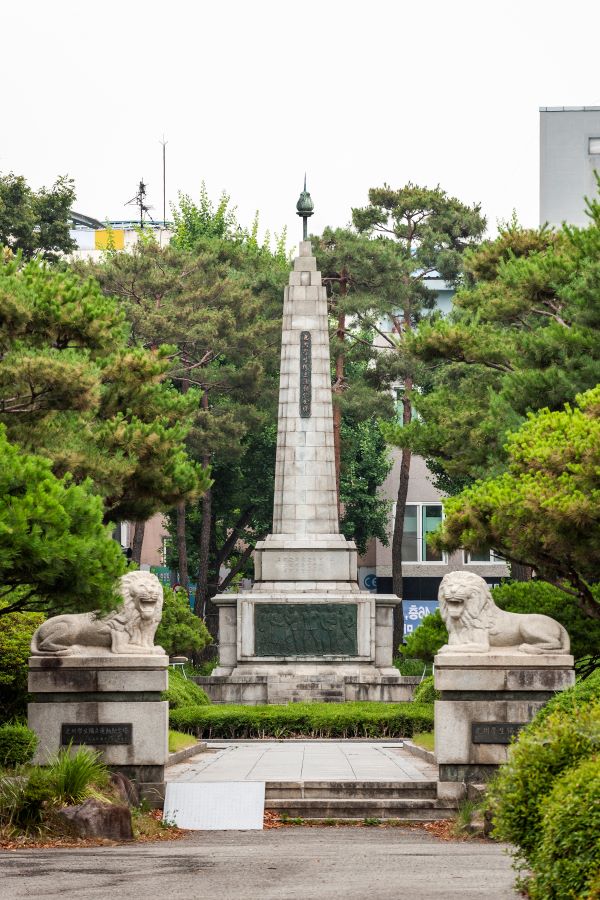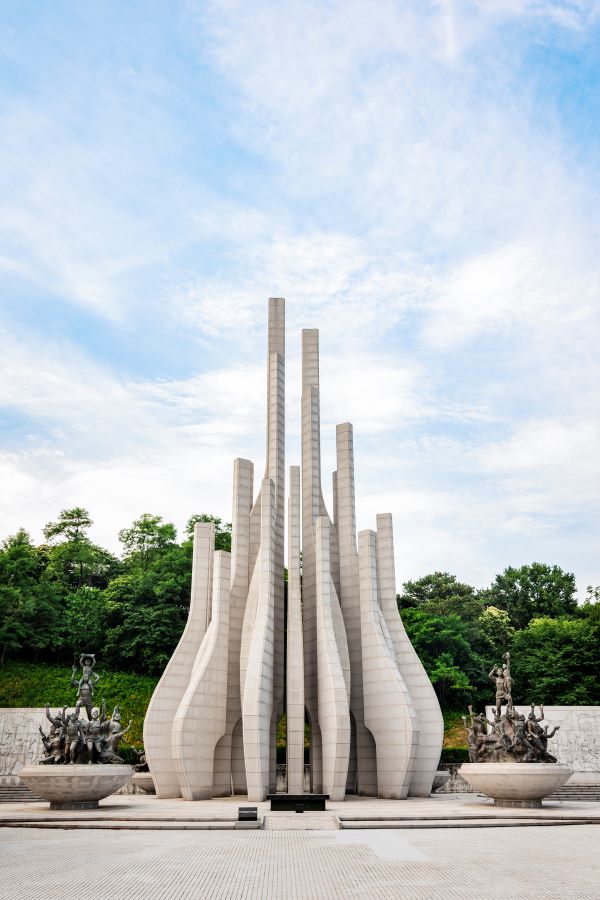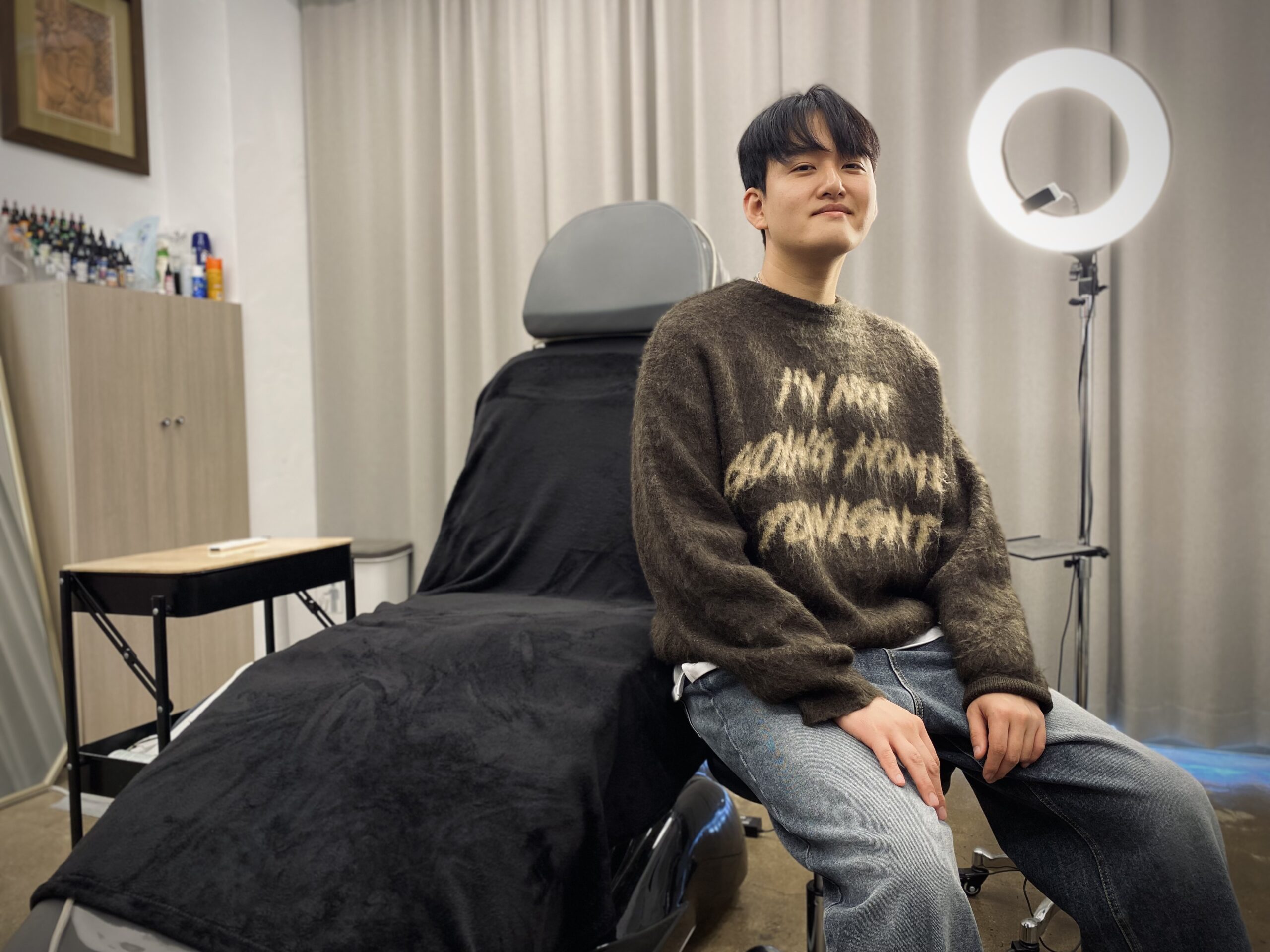School’s Out for November
By Jonathan Joseph Chiarella
PART I: THE HISTORY
In 1929, the birthday of Meiji (the emperor of modern Japan) and the Korean National Foundation Day (reckoned by the lunar calendar) fell on the same day. The imperial authorities demanded everyone honor Meiji and had decreed the Korean holiday illegal. This day also marked the third anniversary of the founding of the student association Seongjinhoe. Salt in the wound of occupation came when crowds and Japanese flags crowded the streets as colonial masters celebrated their bountiful take of that year’s silkworm harvest.
In the preceding days, brawls had broken out between local and Japanese teenagers in South Jeolla, and the previous year of organizing among students helped to spread and sustain the Korean reaction. As news spread in early November of the incident at the Naju Train Station on Thursday and Sunday’s protests, so did sympathetic strikes, as a fresh blaze of nationalist fervor swept every province. The resistance to imperial oppression and colonial education sparked the largest social movement since the March 1st Movement of 1919. It was also the second greatest overall. The demonstrations even grabbed the attention of newspapers in Japan and further afield.

The Brewing Passion Breaks Out
Nine years after Japan annexed Korea, nationalists drew inspiration from the conclusion of WWI (namely, the Fourteen Points and the principle of self-determination). They drew up a declaration of independence on March 1, 1919. When Sunjong, the last ruler of independent Korea, died in 1926, the Manse movement saw students start and lead their first national movement. The next year, Japan intensified its military aggression in China and enacted more restrictive policies in Korea, but this precipitated another outbreak of resistance.
In 1927 and 1928, students throughout Jeolla created nationalist organizations. In February 1927, approximately 150 students at Gwangju Normal High School demonstrated, issuing slogans demanding that schools teach the history of the Korean people and that they abolish the “slave indoctrination.” In April the next year, students there issued a declaration of independence. In November, female students in Gwangju made a secret pact for national and women’s liberation. Into 1929, students staged collective walkouts. Days before the most significant Japanese and Korean holidays coincided in 1929, tensions were high.
On October 30, at the Naju Train Station, Japanese students yanked the hair of several Korean high school girls from Gwangju while mocking and verbally abusing them. One girl’s cousin led a group of boys from Gwangju Normal to fight the Japanese. On November 1, Japanese at Gwangju Station challenged their Korean peers to brawls. Korean teachers arrived to break up the fighting, but the Japanese teachers egged on their co-nationals. The government stepped up its supervision the next day, but it could not contain what would come next.
On that serendipitous November 3, 1929, Gwangju students refused to honor the late Japanese Emperor, chanted slogans, and clashed with police as they demonstrated. The students later declared a three-day strike, which they then extended. In the following days, street demonstrations proliferated. Members of the Girls’ Normal High School cheered on their comrades on November 12. Attempts by police and school authorities to curb activity only raised the spirits of the protesters. By December, dozens of students in Gwangju had been arrested, investigated, temporarily jailed, or expelled.
The news of the initial outbreak hit Mokpo and ignited protests there, after which students in Seoul and across the country also staged their own strikes and demonstrations. In the wee hours of December 2, university students in Seoul organized demonstrations in sympathy. Even with the new school year in January, students in Boseong and Seoul repeated their strikes. At this time, approximately 54,000 students from 194 schools had taken part in the Gwangju-inspired movement. Its magnitude showed the immense power of youth in the national movement and strengthened the swelling national feeling of the previous decade. The veterans also became nation-builders after liberation sixteen years later. As a 1959 film on that November said, Koreans were led through the dark night of occupation by the innumerable shining stars.
Why Commemorate Unconventional Politics?
Far from being a long-celebrated commemoration, the pre-democratic era saw little research into the 1929 Independence Movement. Concerns of inspiring resistance among the nation’s students meant that throughout the twentieth century, the events garnered more attention outside South Korea.
One can retrieve this episode from the memory hole for instrumental reasons, too. As Dr. Cho Jung-kwan argues, the parliamentary element has helped broker the early retirement of authoritarians. However, as Dr. Kim Jae-kyun has also written, parliamentary acts of significant reform usually come after street politics.
If you misremember the past, you may reverse the causal logic. For example, if you believe that a pro-labor political environment breeds a culture of strikes, then you may also erroneously conclude that the Treaty of San Francisco of 1952 caused Koreans to resist the Japanese Empire. History is the sequence of causally linked events, not a list of happenstances.
PART II: THE 1929 SITES IN GWANGJU
The four principal schools of the Gwangju Students Independence Movement were Gwangju Normal High School (now Gwangju Jeil), Gwangju Girls’ Normal High School (Jeonnam Girls’), Gwangju Teachers’ School (Gwangju University of Education), and Gwangju Agricultural School (Gwangju Natural Science High School). At each of these sites is a cenotaph to mark the sites where students led marches and demonstrations. The large, dedicated space at the Gwangju Student Independence Movement Memorial Hall in Seo-gu boasts the most impressive monuments and an exhibition hall.
Gwangju Jeil High School
One of the two schools close to downtown, Gwangju Jeil (formerly, Gwangju Normal) has a walkway near the students’ entrance that leads to some markers, stone descriptions, and the first spire (from 1972) commemorating the struggle. Students here were among the first to fight with the Japanese at Naju Train Station and took the first leading role in the movement. At the southeast entrance is the Gwangju Student Independence Movement Memorial Park and the Historical Museum (open 9:00 a.m. – 5:00 p.m., Tuesday to Friday), which began hosting visitors in 1997. In addition to the uniforms of the day, the museum includes artifacts and the broader context of the national occupation and annexation of Korea. (For those wondering, the uniforms are largely copied from Meiji Japan, who in turn copied the military school uniforms of Prussia.) Large artifacts include signage, bells, and medals. Near the students’ gate at the northeast, take note of the bust of the teacher and poet Song Hong (“Un-in”), whom Moon Jae-in posthumously awarded the presidential medal in 2022. Song, who himself was wanted by police after the March 1st Movement, later supported the 1929 Independence Movement; he resigned in protest in February 1930. Hwasun, his hometown, erected a memorial last year.

Student Independence Movement Memorial Hall)
Jeonnam Girls’ High School
Formerly known as Gwangju Girls’ Normal High School, this is the other school very close to downtown. Japanese students assaulted girls from this high school at the Naju Train Station, igniting the feelings that gave rise to the movement three days later. This site has a commemoration spire, as well as a small museum for visitors. In 2017, Gwangju unveiled a bright metal statue just inside the front gate. The museum displays old papers, awards, photographs, as well as uniforms from the period, showing the struggle but perhaps more significantly the life and times of people who had a society they wanted to defend and lives they were risking with rebellion. (Be aware that the building has limited visitor hours: Monday, Wednesday, Friday 1:00–3:30 p.m.) Jeonnam Girls’ is also significant for being one of the three leading schools in Gwangju during the April 19 Revolution (1960) that deposed the corrupt Syngman Rhee. Just a kilometer north lies a memorial hall where one can learn more.
Monument Memorial Hall
In Seo-gu lies the main memorial site for the Gwangju Student Independence Movement, a large site on a hill above Seonjin Elementary that hosts large monuments, exhibitions, and staff facilities for the movement as a whole. The English signage is not always clear, but the ginyeom-hoegwan (기념회관) is the meeting hall for administration; it houses a research and records library. Behind it lies the ginyeom-gwan (기념관), the visitors’ museum.
The first floor hosts a large chamber for paying respects to the fallen students and those who later passed. The second story boasts many explanatory texts. Even where English subtitling is not available, the visuals, such as pie charts, graphs, and re-created prison cells highlight the inequalities between natives and colonials. Notably, Japanese imperial authorities executed various leaders during the many acts of resistance in the 1920s and tortured several youths to death in prison – 1929 was no exception.
The artifacts and myriad photographs drive home the fierceness of the movement as police swung their clubs at the throngs of youth pouring into the streets. Researchers also collected scattered bits of media related to the incident. There are the two movies (Nameless Stars, Kwangju Calls Out) and contemporary newspapers in Korea and Japan, but also documentation of the visits by political VIPs. Jeolla native and then-Prime Minster Lee Nak-yeon paid his respects at the monument, as had President Kim Dae-jung before, but the movement was also commemorated by Syngman Rhee and Park Chung Hee despite the latter’s previous allegiance to Japan and his administration’s usual reticence on the event. The museum also recounts overseas reactions to the movement, such as those among the Korean diaspora in China.
Back outside, one can ascend a large staircase (or use the sloped side entrance) to see the official monument. At the summit is a flat plaza, upon which stand art installations: a group of spires reaching 39 meters in height, flanked by metal statues of groups of students marching on both sides and to the rear, as well as two sculptured murals.

Gwangju Student independence Movement Memorial Hall)
Further Information
Those wanting to know more can visit the main historical sites, read placards, and read research from the past two decades. Various memorials have rosters of students who died in the movement, veterans, and those who organized the memorials years later. In addition to the two main high schools, the present Nature Science High School and the University of Education have memorials worth seeing if time permits. Those comfortable with reading Korean can find analysis essays compiled by Chonnam Professor Kim Jae-gi or visit the photography-laden web resources “Encyclopedia of Korean Culture” and “Grand Culture/Korea Land and Culture Electronic Dictionary” (한국향토문화전자대전).
The Author
Jonathan J. Chiarella grew up in New York. He holds a B.A. in History (Rochester) as well as two M.A.s (Chonnam, Florida) and a Ph.D. in Politics (Florida). You can spot him riding the river trails or read his analysis of current affairs related to Honam or international relations.



